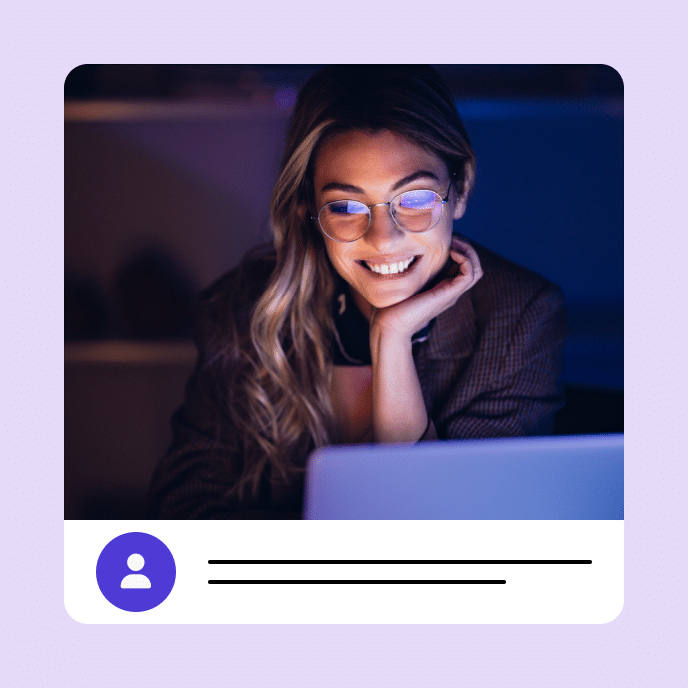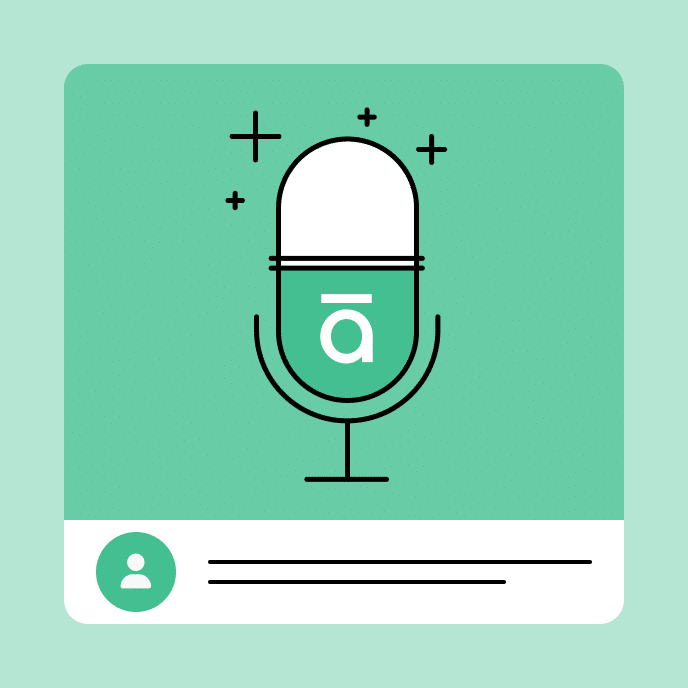The Importance of Accessibility in E-Learning
E-learning accessibility is required by law, but benefits exceed compliance. Get 4 tips for designing e-learning that’s accessible to all.

What do curb cuts have to do with online accessibility guidelines?
As you take a stroll or cross the street in your neighborhood, you might pass over a curb cut without giving it a second thought. These sidewalk mini-ramps were designed to make it easier and safer for everyone to traverse city streets.
Whether you’re using a mobility device, pushing a stroller, riding a bicycle, or walking through heavy snow, curb cuts make streets safer for everyone. The “curb cut effect” is a phenomenon where efforts and policies designed to increase equity benefit entire societies—not just the people who require those accommodations.
In the digital world, and e-learning in particular, the curb cut effect is just as powerful. For example, hearing and sighted people use elements like closed captioning, and text-to-speech applications are widely used by both visually impaired people and those with sensory impairments. These tools can make it easier and more convenient for all people to consume and digest information while increasing equity for a significant portion of the population.
In this piece, we’ll explore the importance of accessibility in e-learning and the key features to focus on. For more tactics and insights, get our Accessible E-Learning Checklist
Key Takeaways
Americans with Disabilities Act (ADA), the Rehabilitation Act, and online learning accessibility standards
In the United States, some website accessibility is required by law. The ADA and the Rehabilitation Act passed in 1990 and 1973, respectively—well before the internet. Yet these laws impact technology use and workplace education today. The ADA prohibits discrimination by public and private entities. The Rehabilitation Act codified civil rights for individuals with disabilities in Section 504, and Section 508 requires that electronic communication and information technology tools be accessible and operable for all. That means online learning materials must comply with these laws.
Understanding accessibility requirements and accessible e-learning
Accessibility means designing a learning experience for everyone—not just a single group. This includes people with auditory, visual, mobility, learning, or other disabilities.
These individuals may require additional tools or accommodations to ensure they can access and interact with the e-learning content. Common elements of accessible e-learning include closed captioning, audio narration, screen reading navigation, and alt text for images and videos.
If people with disabilities can’t complete your online learning content—for example, if there’s no way for them to take a final assessment without seeing the text on the screen—your e-learning is not accessible. By making adjustments that consider all learners and their unique needs, you can create effective e-learning content for all your learners, not just a select few.
The benefits of accessibility in e-learning
The WCAG (Web Content Accessibility Guidelines) and 508 Compliance rules standardize digital accessibility standards. However, meeting a legal requirement for web accessibility is just the tip of the iceberg of accessible e-learning benefits for your business and learners.
Accessible e-learning means all learners have a greater opportunity to succeed. This includes not only your learners with disabilities but all your learners. For example, adding closed captions or audio descriptions to your courses benefits not only learners with hearing or vision loss but also those who may be taking the course in a loud environment or those who process language visually or auditorily.
In other words, your efforts toward accessibility amplify the organization’s learning goals by making it easier and more convenient for all learners to participate.
Designing with accessibility standards in mind: 4 key areas for e-learning
Before designing a fully accessible course, familiarize yourself with compliance standards and accessibility requirements, which vary by country, to ensure your content is accessible. Visit our Accessibility Hub for more information.
Because every learner has different needs and accommodation requirements, it’s also crucial to think from various perspectives, center your audience’s needs, and continually adjust as necessary. Next, focus on incorporating the accessibility areas below into your e-learning.
1. Accessible media
Incorporating multimedia content into your e-learning can increase engagement and excitement for learners—but those who can’t access the media lose those benefits. Elements like alt text, closed captions, text narration, and accessible contrast ratio are all crucial for learners who use assistive technologies and add enormous convenience and flexibility for other users.
2. Assistive technologies
Many learners use screen readers to consume and interact with content. Keep the screen reader experience top-of-mind when building e-learning to ensure they can fully participate in courses.
For example, use text styles to identify headings that break up a course. This can help screen reader users correctly interpret content organized by links, lists, or headings.
3. Keyboard navigation
Keyboard shortcuts and commands are crucial for many learners to navigate content on their devices. Set up your courses so that your learners can perform core functions via keyboard shortcuts, such as turning closed captions on and off, replaying a slide, muting and unmuting audio, and more.
4. Text readability
Course participants may need the ability to change the color, size, font, or line spacing within the course to make it easier to read. Check that they can do so with your e-learning to get the most value out of your material.
Moving beyond web content accessibility guidelines—a rising tide lifts all boats
Few initiatives are more important to your e-learning than those that make your courses accessible for all. By considering the different ways that learners process and interact with digital learning and incorporating those elements into your courses, you can make e-learning more equitable, accessible, and engaging for everyone.
To learn more about accessible e-learning and how to accomplish it with Articulate 360, get our Accessible E-Learning Checklist.
You may also like

AI Security Tips: Best Practices in the Workplace
Protect your business with these essential AI security tips. Learn how to use AI responsibly, safeguard data, and avoid risks in the workplace.

